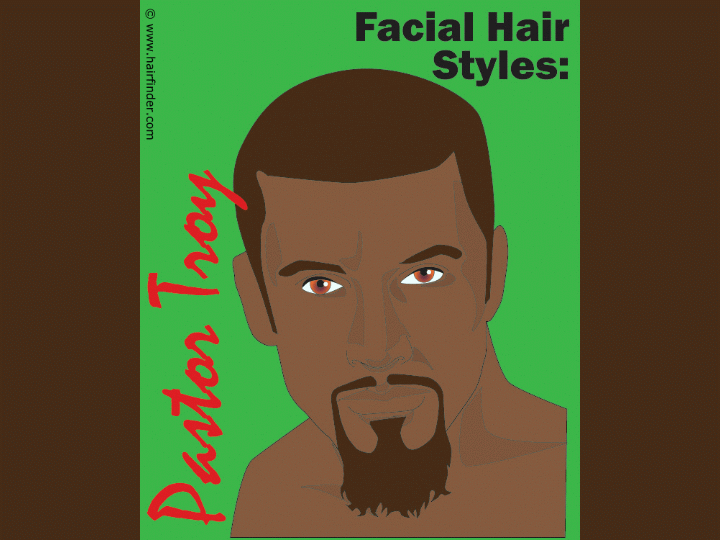Pastor Troy Goatee & Mustache

Q: I'm looking for information on African American goatee styles and current trends. In particular, I'm looking for information on something known as the "Pastor Troy."
A: The "Pastor Troy" facial hair style takes its name from the Atlanta-based rapper Pastor Troy, who made this distinctive look his signature throughout his career. This style represents a modern evolution of classic facial hair grooming that has become increasingly popular in contemporary barbering and personal grooming circles.
The goatee component is where the style truly distinguishes itself. Rather than maintaining uniform length throughout, the Pastor Troy features graduated length that creates visual interest. The hair immediately around the mouth and lower lip area is trimmed quite short, maintaining crisp, clean lines that frame the mouth area. However, as the goatee extends toward the chin, the hair is allowed to grow progressively longer, creating a cascading effect that draws attention downward.
The precision required for this style cannot be overstated. The edges must be meticulously defined, with sharp, clean lines that separate the facial hair from the surrounding skin. This typically requires regular maintenance visits to a skilled barber. The style demands careful attention to symmetry, ensuring that both sides of the face mirror each other perfectly.
Historically speaking, the Pastor Troy style represents a contemporary adaptation of the classic Van Dyke beard, which traditionally featured a pointed goatee paired with a mustache, with the two elements separated by clean-shaven cheeks. The Pastor Troy modernizes this concept by maintaining the separation between mustache and goatee elements while creating more dramatic length variation and emphasizing precision in the line work.
When considering this style, it's crucial to evaluate whether your natural hair growth patterns will support the look effectively. The Pastor Troy requires dense, even facial hair growth, particularly in the goatee area where the longer chin hair needs sufficient coverage to create the desired cascading effect. Individuals with patchy or sparse facial hair growth may find that this style doesn't achieve the intended impact, as gaps or thin areas can detract from the overall aesthetic.
The maintenance requirements for this style are considerable. Regular trimming appointments every two to three weeks are typically necessary to maintain the precise lines and graduated lengths that define the look. Between professional appointments, daily grooming with quality tools is essential. This includes using a good beard trimmer with multiple length settings, precision scissors for detail work, and proper beard care products to maintain hair manageability.
Current trends in facial hair styling favor these types of closely cropped, intricately designed looks over the fuller, more natural styles that were popular in previous decades. The rise of social media and increased access to professional grooming services has contributed to this shift, with many men seeking carefully crafted facial hair styles that reflect their personal preferences.
©Hairfinder.com
See also:
Moustaches
Stylish looks for men's faces
Beards and the shape of your face